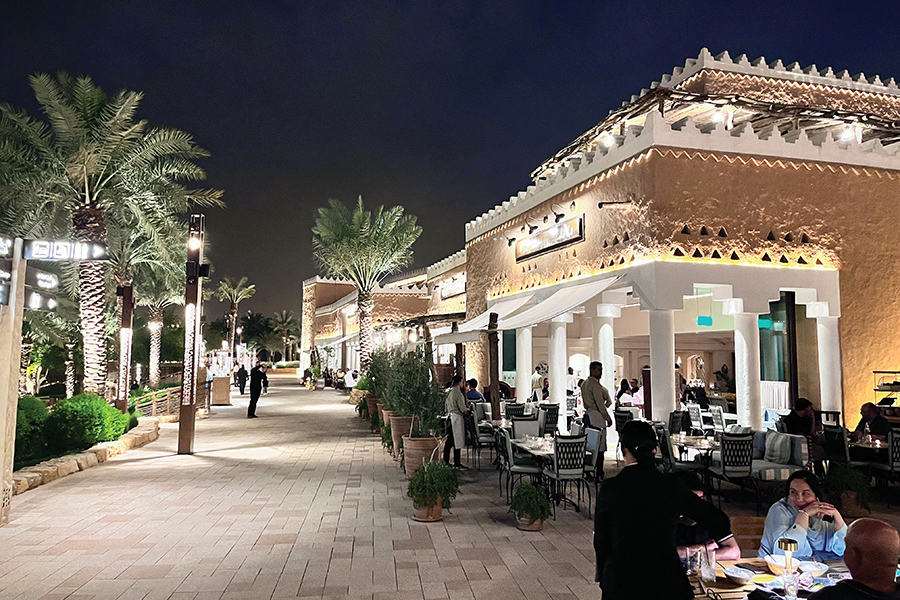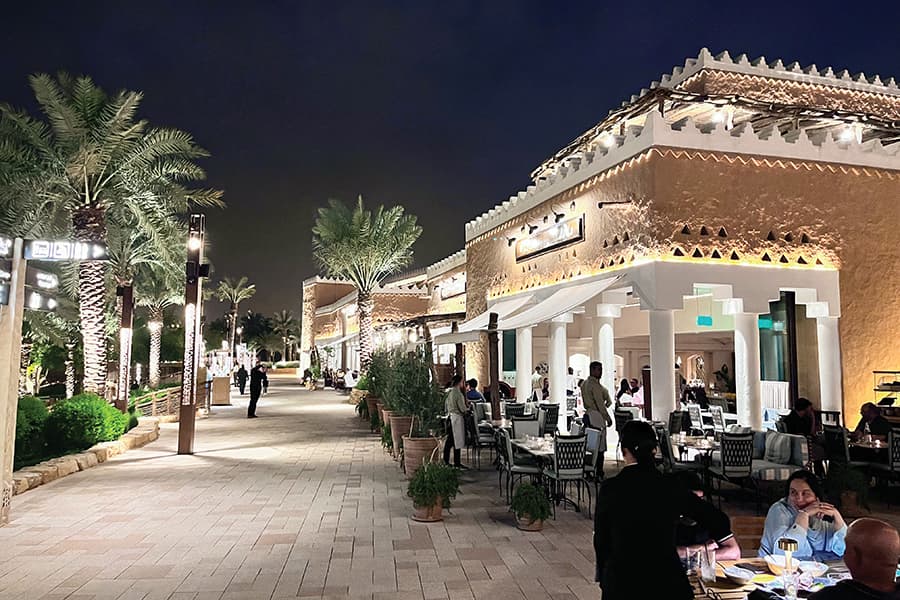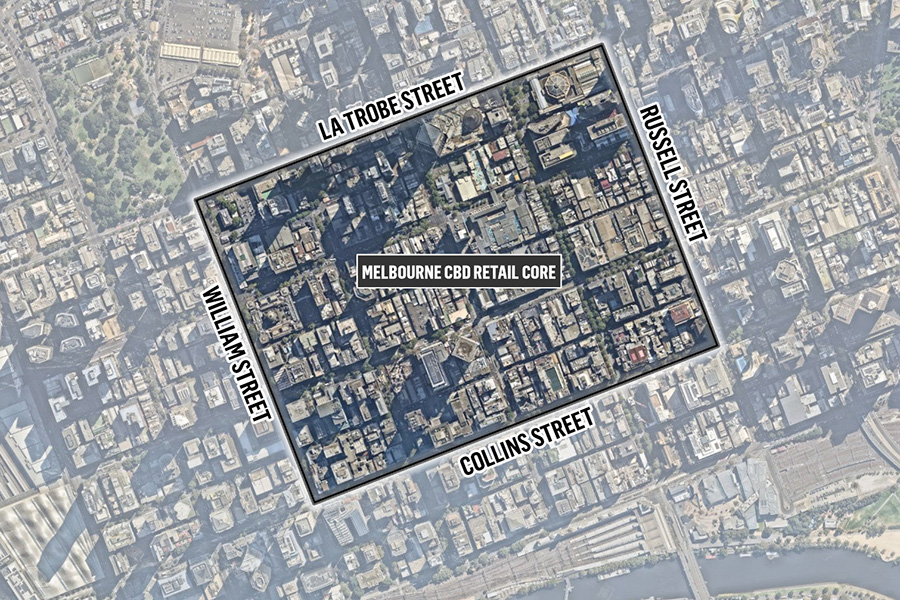Future Food is a long-time contributor to SCN magazine. Recently, two of its principals, Allan Forsdick and David Mallon visited Riyadh, Saudi Arabia to look at the food and beverage offerings in this expanding city…
The Kingdom of Saudi Arabia (KSA) is a country in the throes of incredible transformation. In May this year, my colleague David Mallon and I explored the financial centre of Saudi Arabia, Riyadh, to learn about the mega and giga projects that are shaping this city (and country) and how food and hospitality is providing it with a vehicle for connection of people and place.
Physical, cultural and economic change are happening in KSA on a scale that has no precedent and is unlikely to be repeated in our lifetime. In Australia and New Zealand, many of us have a knowledge of KSA that is shaped by media agenda and dated rhetoric. In reality, Saudi Arabia is likely to be very different from your expectations. The cultural, social, economic and physical changes are being driven by the Crown Prince in a bid to propel the trajectory of the country forward; rapidly.
It is improbable that there is any country that has adopted such diverse change so quickly. Since 2017, vast social reform has seen changes such as freedom to travel, the introduction of cinemas, plus the ability for women to drive, to go out unaccompanied, to dine and socialise. An edict has even been issued to Imams to turn down the volume of the call to prayer in the minarets of the city.
In a country where a reported 63% of people are under the age of 30, these reforms are a very big deal! (By means of comparison, under 30s in Australia are represented by about 37% of the population and about 38% in New Zealand).
For Saudi youth, social life is about ‘social dining’; this buzz phrase and its underlying idea have captured the imagination of the country. It’s the Saudi equivalent of going to a bar, to see and be seen.
As a result, dining and hospitality drive the experience (and revenue) in lifestyle centres, shopping malls and strips in KSA. F&B GLA can be upwards of 30% of the total leasable area of a managed-centre. Walking around, you’ll notice that few are carrying shopping bags, but everyone is eating and socialising.
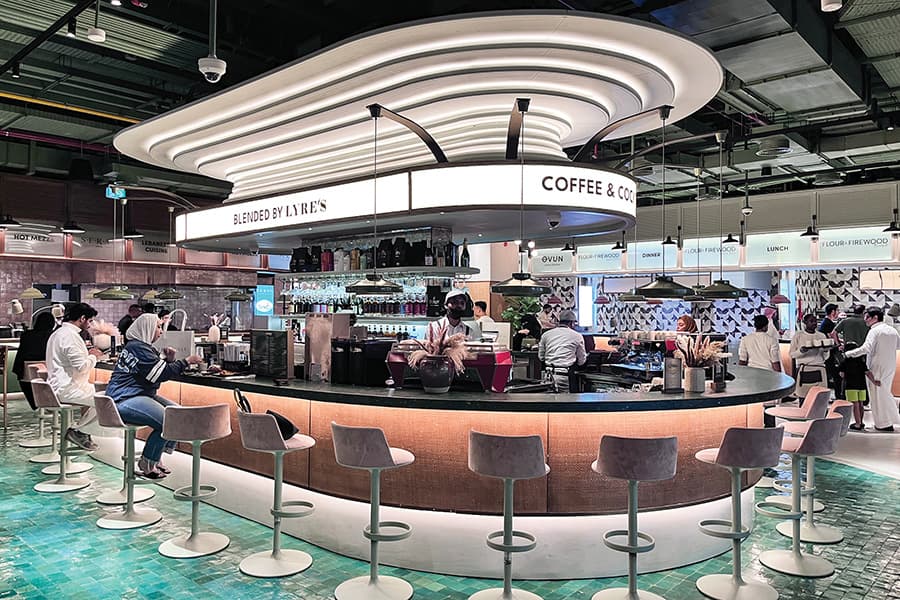
Lyre’s Bar in Al Mamlaka Food Hall, Riyadh
You may be familiar with Riyadh’s landmark tower Kingdom Centre that dominates the city skyline with its unique shape and profile. Below it sits a Four Seasons Hotel and Al Mamlaka Centre, which offers an entirely modern luxury-retail and lifestyle focus and of course ‘social dining’.
Al Mamlaka’s on-trend modern food hall has 20 independent kitchens with a range of global cuisines including Lebanese bakeries, a Japanese sushi bar making hand-rolls to order, an Indian tandoor kitchen, a wonderful selection of French cheeses, Italian Gelato, a cafe and patisserie… you get the idea. These are authentic kitchens producing world cuisines, in a two-way culinary and cultural exchange; as KSA opens its doors to the world, the world opens its kitchens to KSA.
But it is the tables of teens and 20-somethings dining socially, mingling and interacting, casually conversing and enjoying their personal freedoms that exemplify the transformation that is taking place. In a country that still retains prohibition policies, this is the meeting place where a social revolution is taking place before your eyes. It is an astonishing time to be in Riyadh.
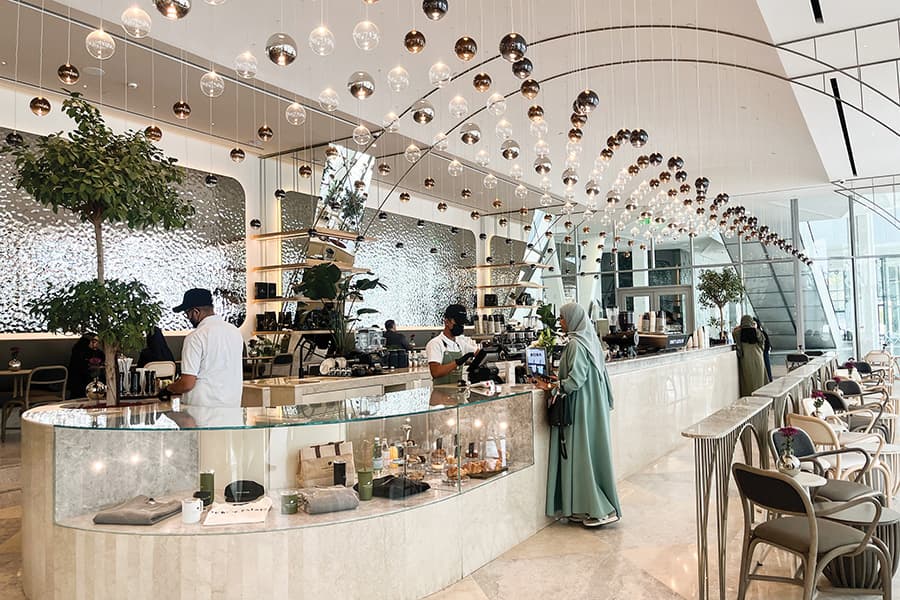
Toby’s Estate Coffee Roasters in the King Abdullah Financial District, Riyadh
This social reform is being led by the country’s de facto ruler, Crown Prince Mohammed bin Salman Al Saud (himself a relatively young man in a world-leader context, born in 1985). “These include curtailing the influence of the Wahhabi religious establishment by restricting the powers of the religious police and improving women’s rights, the removal of the ban on female drivers in 2018 and weakening the male-guardianship system in 2019.” (source:Wikipedia)
KSA’s change is underpinned by a strategic proposal and economic stimuli of such scale, it is hard to comprehend without seeing it with your own eyes. Before undertaking a business trip such as this, it is inevitable that a person would do their research and homework to understand the city and the projects that they will be exploring during their time in the country, however it is impossible to understand scale of development of KSA projects without witnessing them first-hand.
Vision 2030 is the brand given to this collective of major infrastructure and destination projects that will drive Saudi Arabia’s economy away from a reliance on oil and provide it with a new trajectory, aligned with other global-hub cities such as Singapore or Dubai. There are more than 30 giga-projects under development across the country; from Dammam to Jeddah.
In western Riyadh, Al Bujairi Terrace, is a dining destination at one of these giga projects, Diriyah Gate. Hand-crafted from the earth of the desert in the heritage location at the birthplace of the Kingdom of Al Saud (The Saudi Royal Family). Al Bujairi Terrace is a dining benchmark on a global scale encompassing 15,000m2!
It is a collection of world-class dining; restaurants, cafes and kiosks, including global brands such as Cova Pasticceria, Hakkasan and the Flamingo Room by tashas. While Saudi Arabia doesn’t yet have the Michelin Guide, this will be a good starting point for the reviewers when they do arrive.
Aside from the international brand line up, the styling of the precinct has created a yardstick for authentic experience on the Arabian Peninsula. Sympathetic to the historic architecture and overlooking the jaw-dropping world heritage site of At-Turaif, the dining terraces provide the perfect location for customary late-night dining and socialising. As is the local way, lunch starts late in the afternoon, and dinner from 9pm or 10pm through to the early hours; social time makes full use of the cooler hours of the day.
At its heart, the Diriyah Gate project is a restoration and embellishment of the historic birthplace of the Saudi Kingdom. In 1446, Diriyah was established on the banks of the Wadi Hanifa and became the capital of the first Saudi state in 1727. It changed the course of the peninsula’s history, uniting it under a single state and ending an era of fractious infighting and uncertainty. Three centuries later, Diriyah is again a symbol of change for the nation.
A UNESCO World Heritage Site, Diriyah Gate has been lovingly restored as a heritage and cultural destination and a symbol of Saudi pride, where one can learn about the foundation of the kingdom, its heritage and history.
The scale of the project, consistent with the giga-project tag, is immense. The mixed-use development around the site, when complete, will comprise of 100,000 residents, commercial workspaces, hotels, a 20,000-seat sports arena, art galleries, cultural landmarks, fashion boutiques and, of course, food and hospitality on a site of 14km2!
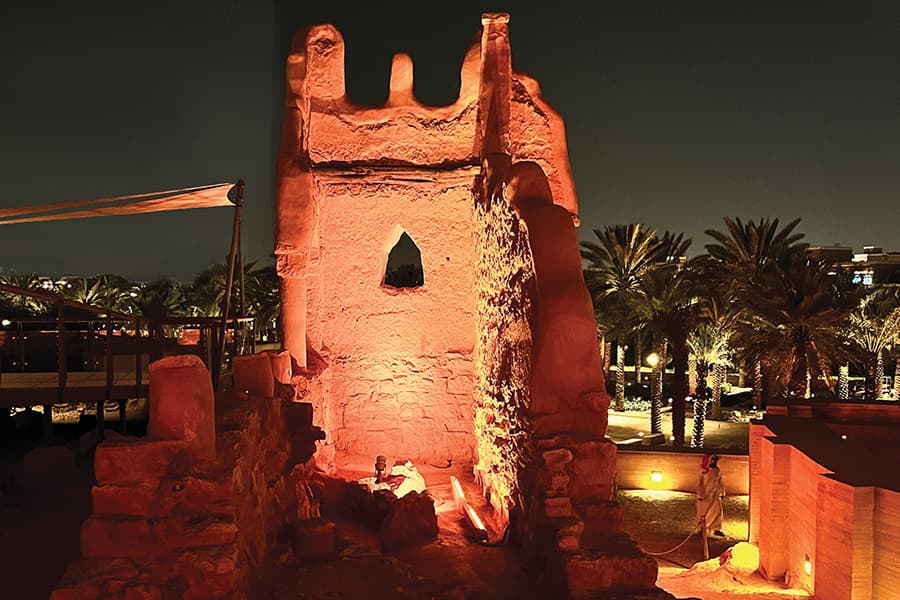
UNESCO World Heritage Site, Al Turaif
The expectation and staggering forecast of visitor numbers to the precinct will go from approximately one million in the first six months of this year, to 50 million by 2030. Diriyah Gate is forecast to add USD$18.6 billion to Saudi GDP, creating more than 175,000 jobs in the process. To recap, this is one of more than 30 giga and mega projects across the nation. Anyone with more than ten minutes of high school maths will understand that this rate of change is profound!
This growth is not only driven by the economic stimulus of projects such as Diriyah Gate, but also by a domestic and international calendar of events that includes local spectacles such as state-funded entertainment and sports festival Riyadh Season, regional tourism drivers like the Asian games, and global events such as the FIFA World Cup, as Saudi opens its doors to the world.
Of course, ‘the proof will be in the pudding’ as they say. As the giga and mega projects all come online between now and 2030 and continue to grow through until the FIFA World Cup in 2034, there is an incredible amount of work that must be achieved to bring these projects to life.
Providing each of the projects with a vision and an architectural form is one thing, the next challenge comes in providing them with products. Brands, staff, procedures and professional practices. This will allow them to maximise this tremendous opportunity as the world’s tourists pour into a country that is dedicating its vision to unique, authentic travel experiences, aligned with global tourism trends and visitor expectations for something new – a road less travelled.
This article by Future Food is featured in the latest edition of SCN magazine.


